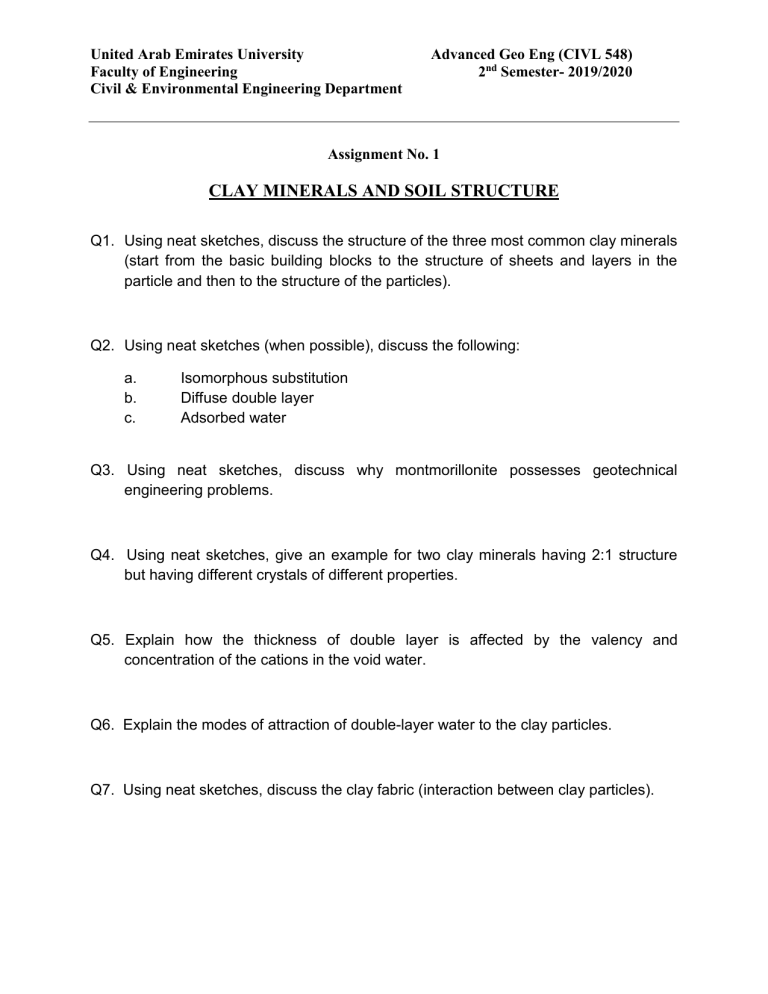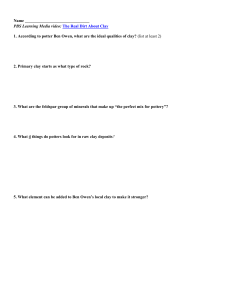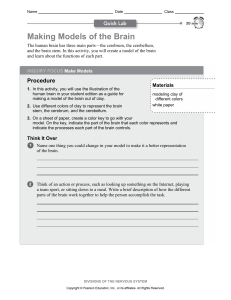
United Arab Emirates University Faculty of Engineering Civil & Environmental Engineering Department Advanced Geo Eng (CIVL 548) 2nd Semester- 2019/2020 Assignment No. 1 CLAY MINERALS AND SOIL STRUCTURE Q1. Using neat sketches, discuss the structure of the three most common clay minerals (start from the basic building blocks to the structure of sheets and layers in the particle and then to the structure of the particles). Q2. Using neat sketches (when possible), discuss the following: a. b. c. Isomorphous substitution Diffuse double layer Adsorbed water Q3. Using neat sketches, discuss why montmorillonite possesses geotechnical engineering problems. Q4. Using neat sketches, give an example for two clay minerals having 2:1 structure but having different crystals of different properties. Q5. Explain how the thickness of double layer is affected by the valency and concentration of the cations in the void water. Q6. Explain the modes of attraction of double-layer water to the clay particles. Q7. Using neat sketches, discuss the clay fabric (interaction between clay particles). United Arab Emirates University Faculty of Engineering Civil & Environmental Engineering Department Advanced Geo Eng (CIVL 548) 2nd Semester- 2019/2020 Q8. Mark the false statements and state why they are false. a. b. c. d. e. f. g. h. i. j. Montmorillonite is a sand mineral. Diffuse double-layer is a property of illite but not kaolinite. Double layer water is the water around the clay particle in the diffuse double-layer. Adsorbed water is attached strongly to the sand particles. As the valency of the cations increases, the thickness of diffuse double layer decreases. Flocculated fabric is edge-to-edge structure. In general, as the plasticity index increases, the swelling potential increases. Swelling potential for quartz sand is low. Relative density is a property of clay. Flocculated clay fabric has larger voids than dispersed clay fabric.




